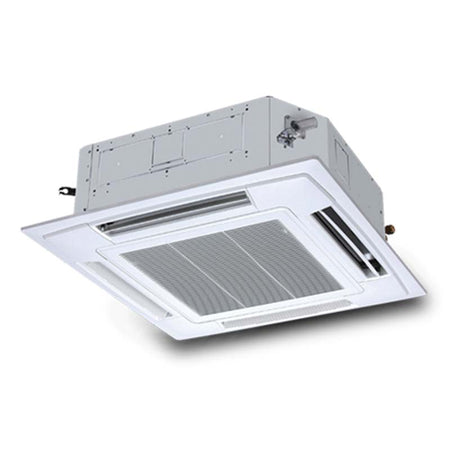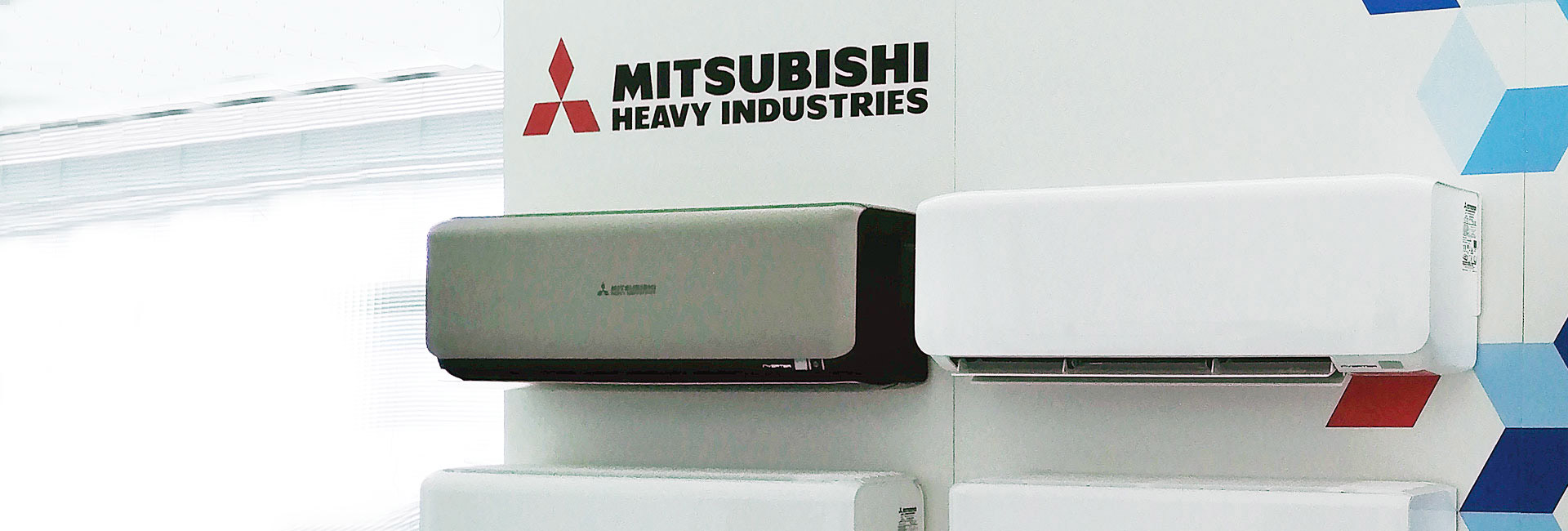
28000 BTUs Super General Window Air Conditioners - HVAC, Air Conditioning Spare Parts Suppliers & Wholesalers in Dubai

24000 BTUs Super General Window Air Conditioners - HVAC, Air Conditioning Spare Parts Suppliers & Wholesalers in Dubai

Wholesalers Tower AC R410A 24000 36000 60000 BTU High Efficiency Brand Commercial Air Conditioner - China Gmg Air Conditioner and Tower AC Air Conditioner price | Made-in-China.com

9000 BTUs Super General Portable Air Conditioners - HVAC, Air Conditioning Spare Parts Suppliers & Wholesalers in Dubai

Wholesale Home Air Conditioner - Buy Reliable Home Air Conditioner from Home Air Conditioner Wholesalers On Made-in-China.com

AC Wholesalers Goodman Air Conditioner Home Heating & Air Conditioning | Wall air conditioner, Window air conditioner, Wall air conditioners

,aspect=fit)








,aspect=fit)







.JPG)
